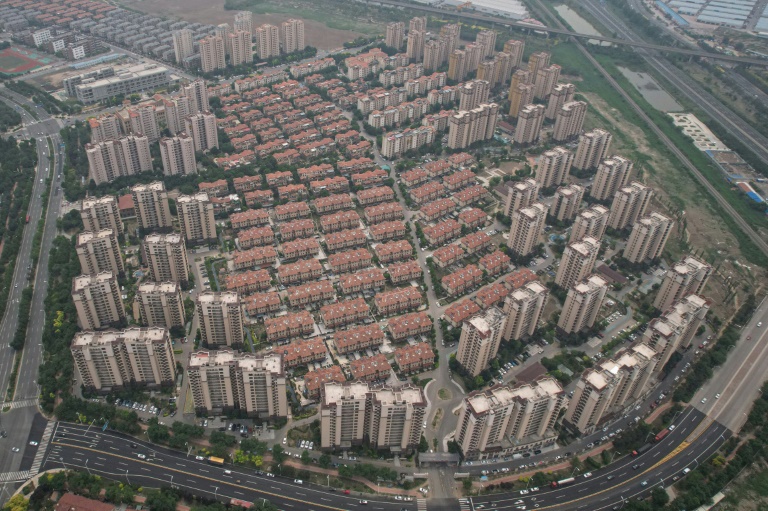China’s Property Crisis Stirs Economic Unease and Job Market Gloom
Tianjin, a bustling metropolis in northern China, is grappling with a severe property crisis that has sent shockwaves through the country’s economy and its ambitious growth plans. The once high-flying real estate market has hit a nadir, with rows of empty high-rises standing as a stark reminder of the economic challenges facing the nation.
A recent report by the ratings agency Fitch highlighted that the value of new home sales is projected to decline significantly this year, reflecting a broader trend of dampening sentiment among homebuyers. The regulatory crackdown on excessive borrowing and speculation in 2020 has further exacerbated the situation, leading to mounting debt and stalled construction projects.
Furthermore, the job market in China is facing its own set of challenges, with a surge in youth unemployment prompting concerns among policymakers. President Xi Jinping has identified this issue as a top priority, signaling the gravity of the situation. Unemployment rates hit unprecedented highs in the past, prompting officials to revise their calculation methods to accurately capture the extent of the problem.
The woes of the job market extend beyond young graduates, as experienced individuals over the age of 30 face formidable barriers to securing employment. The private sector, once a beacon of growth and opportunity, has been reeling from government crackdowns on tech giants and tutoring firms, further exacerbating the economic downturn.
As China grapples with these multifaceted challenges, the upcoming Third Plenum of the ruling Communist Party will be crucial in setting the economic direction for the nation. While specific policy announcements may not be expected, the meeting is anticipated to outline broader guiding principles aimed at steering the economy towards high-tech innovation and domestic consumption.
Despite the gloomy economic outlook, there are faint indicators of a gradual recovery, with growth surpassing expectations in the first quarter of the year. The International Monetary Fund has also revised its 2024 growth projection for China, aligning with Beijing’s own targets. However, the road to recovery is strewn with obstacles, including an aging population and sustained economic uncertainty.
As China navigates through these tumultuous waters, the resilience and adaptability of its economy will be put to the test. The future remains uncertain, but as history has shown, China has weathered many storms and emerged stronger. The upcoming Third Plenum will serve as a litmus test of the nation’s resolve to overcome the current challenges and chart a path towards sustainable growth and prosperity.
